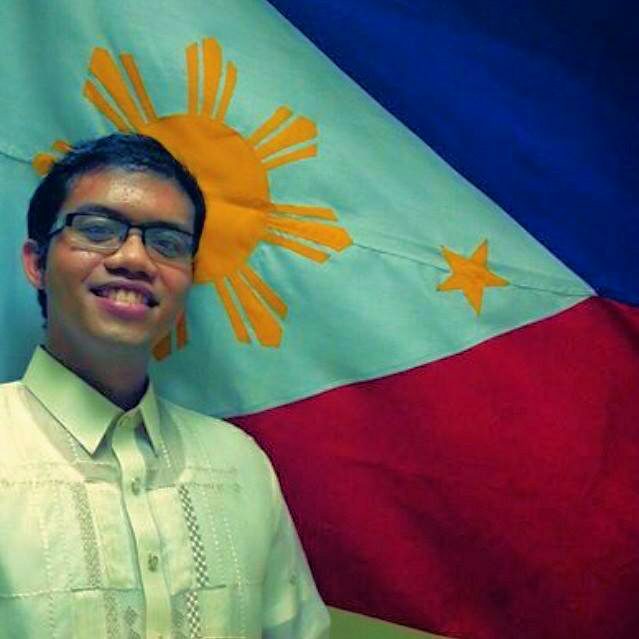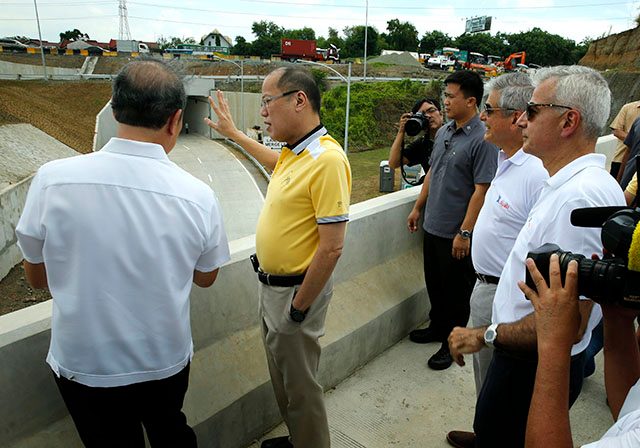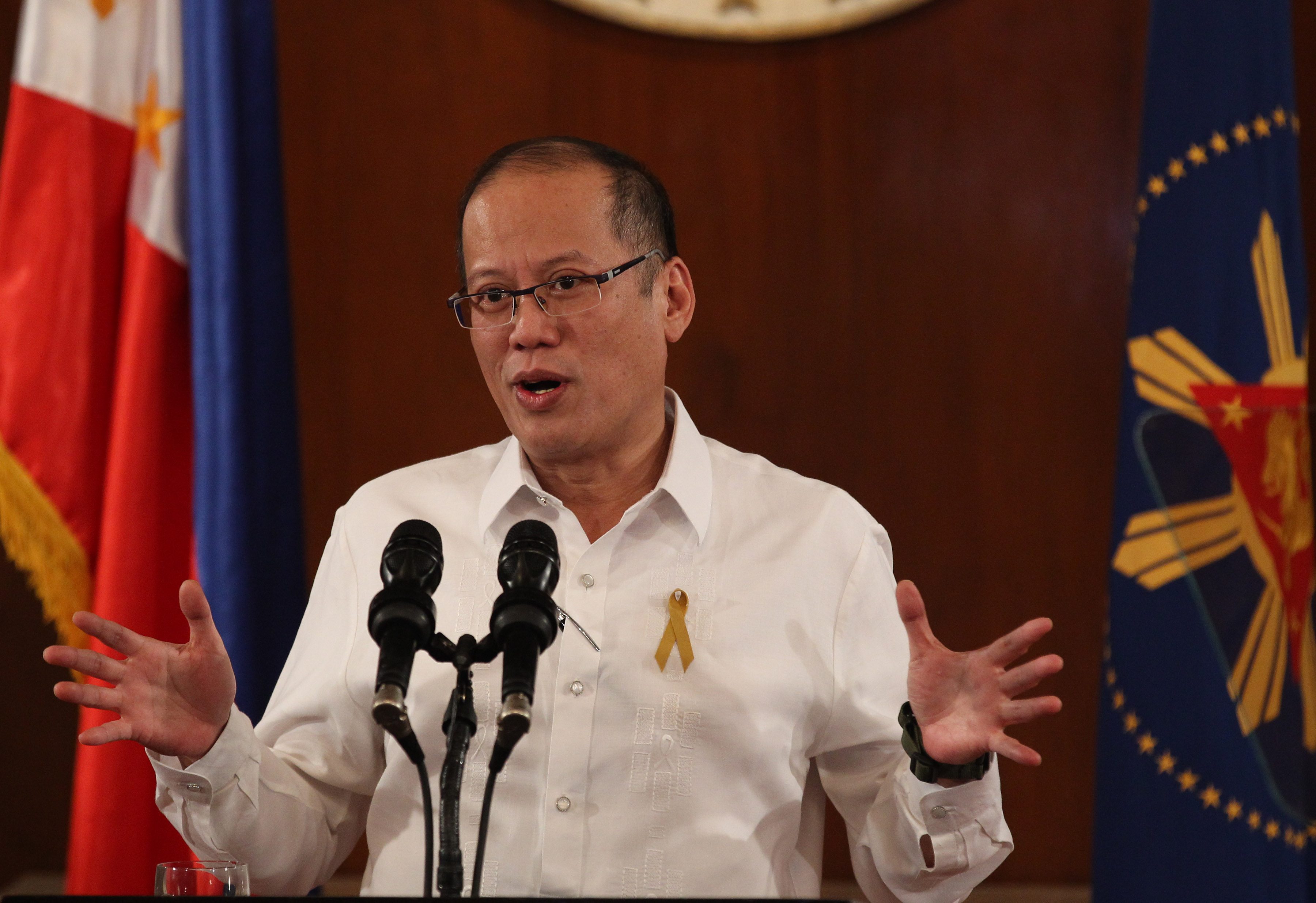SUMMARY
This is AI generated summarization, which may have errors. For context, always refer to the full article.

In the last five years that Mr Aquino had been president, the Philippine economy experienced a significant turnaround that resulted into the following:
-
Highest average economic growth in 40 years: 6.3% (2010-2014)
-
Highest total accumulated net FDIs: US$17.2-billion (2010-Q1 2015)
-
Stable inflation (1.7% as of Q2 2015)
-
Improving fiscal health and shrinking external debt-to-GDP ratio
-
Manufacturing renaissance: 8% average growth, 57% increase in no. of firms, 2010-2012
-
Lowest unemployment rate in a decade (6.4% as of April 2015)
-
Consecutive credit rating upgrades from Fitch, Moody’s and S&P
From being a laggard, the country has reemerged today as the ‘Rising Tiger of Asia.’ (READ: Philippines a ‘rising tiger’ – World Bank)
Towards inclusive growth

Despite this, poverty incidence among families declined by only 1.3 percentage-points between 2006 and 2012. Nonetheless, with an economic growth that “has become more inclusive in recent years,” the World Bank said that poverty reduction could be likely faster, adding that “real income of the bottom 20% grew much faster than the rest of the population” in 2013. The President’s social reforms like increased conditional cash transfers, national health insurance expansion (that now covers senior citizens), rural electrification, kasambahay (domestic helper) law, and K-12 education reforms are seen to fast-track poverty reduction. (READ: The Aquino administration at midterm)
Meanwhile, to address the country’s poor state of infrastructure, airport congestion and failing mass transits, the President has batted for public-private partnerships (PPP). Recently, a PPP plan to make Cebu the world’s first resort airport was unveiled and the Muntinlupa-Cavite expressway, the first PPP approved in 2010, was opened to the public.
Moreover, the administration’s open skies policy and internationally-acclaimed ‘It’s More Fun in the Philippines’ campaign helped lower airfares and increase tourist arrivals, which peaked at a record-4.8 million last year, respectively. (READ: ‘It’s more fun in PH takes global stage)
Fighting corruption
The Philippines was also seen to have become ‘less corrupt’ as it remarkably improved its corruption perception ranking from 134th in 2010 to 85th last year, due to President Aquino’s anti-corruption reforms that included curbing excessive GOCC bonuses, promoting procurement transparency, implementing zero-based and bottom-up budgeting, adopting open government partnership, reforming the customs service, and formally abolishing the pork barrel system, among others. (READ: PH perceived to be less corrupt – 2014 global survey)
Not only that, high-ranking public officials, be they allies or opponents, alleged to be involved in public funds misuse and other anomalies were either prosecuted, removed from office, or detained on corruption charges.
Although Malacanang was dragged into the controversial disbursement acceleration program that was eventually declared unconstitutional, it was not political scandals that significantly eroded the President’s popularity but two major crises instead: the catastrophic Super Typhoon Yolanda in late 2013 and the successful but bungled Mamasapano anti-terrorism operation in January 2015.
Yolanda recovery and Mamasapano

Even if the road to recovery is still far away, post-Yolanda rehabilitation efforts have subsequently improved through a ‘build back better’ approach. Following the Mamasapano tragedy, the President took full responsibility for what happened but reiterated that it should not thwart his landmark Bangsamoro peace agreement in Mindanao, if only to prevent another unfortunate incident from happening again.
Three later events would help him recover: his last-minute intervention to save Mary Jane Veloso, an overseas Filipino worker (OFW) from execution, his state visit to Japan, and tensions in the West Philippine Sea.
To contain Chinese influence, President Aquino made a strategic pivot to Vietnam, Japan, Australia and the United States. He also strengthened the military by signing the new Armed Forces of the Philippines (AFP) modernization law. Moreover, the Philippines became a global voice against climate change and opened its doors to Rohingya refugees, the first in ASEAN to do so. (READ: PH open to sheltering 3,000 ‘boat people’)
Missed opportunities
While there were significant strides, there were also several missed opportunities, particularly three critical areas that could have otherwise
First is political reform: While the President strongly supported the sin tax law and the controversial and divisive reproductive health law, he did not aggressively back the freedom of information and anti-political dynasty bills.
Second is social justice: Although human rights victims were finally indemnified, coco levy funds farmer reassured of government support and Hacienda Luisita redistributed following a landmark Supreme Court ruling, agrarian reform remains an unfinished business of the ‘people power’ spirit that brought him and his mother before into the presidency. (READ: Agrarian reform deadline: 41,500 hectares not yet recovered)
And last is economic openness: In which attempts to lower personal and corporate income taxes and remove restrictive constitutional economic provisions did not prosper. Nevertheless, economic reforms such as incentives for manufacturing and automotive firms, foreign banking liberalization, fair competition, and cabotage amendments, would likely make the economy more open and competitive. (READ: Aquino signs PH Competition Act, amended Cabotage law)
2016: Continuing the change?
Even though these social reforms were missed out, achieving them in the next administration would be likely easier because Mr. Aquino’s presidency has expanded the democratic space and laid down the foundations for the realization of such future reforms.
Yet, for all these achievements, and with his constant exhortations ‘puwede na naman muling mangarap’ and ‘ipinagmamalaki kong ako ay Pilipino,’ it is probably in the area of renewing the people’s faith and pride in themselves as Filipinos that stands as President Aquino’s most important legacy.
While challenges still remain, the seeds for more meaningful change have already been planted and they only need to be further nurtured before they could be finally reaped. Regardless who the next president will be, the change must continue. If 29 years ago, the slogan at EDSA was, “Ituloy ang Laban,” today, the battle cry is “Ituloy ang Pagbabago.” – Rappler.com
Bryan M. Balco is a graduate of BS Economics and Public Policy from San Beda College. He is currently finishing his graduate thesis on the political economy of corruption and reform in the Philippines at De La Salle University-Manila
Add a comment
How does this make you feel?
There are no comments yet. Add your comment to start the conversation.